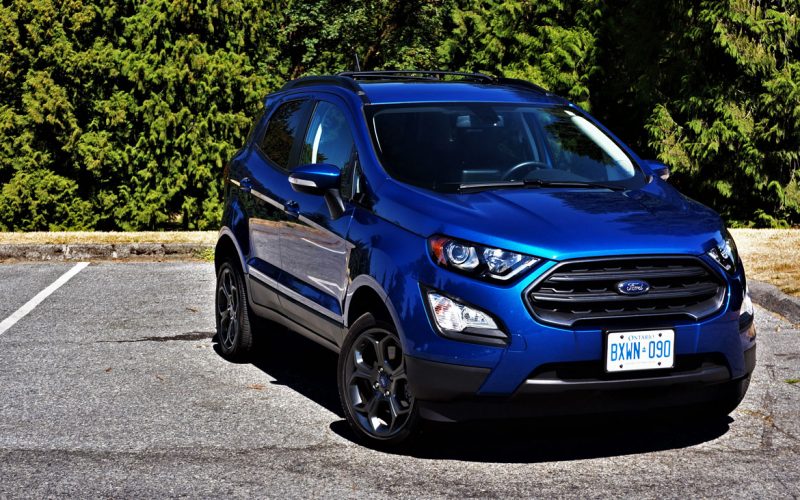
Reading Time: 17 minutesI first saw the original EcoSport in São Paulo, Brazil where I was trying to expand
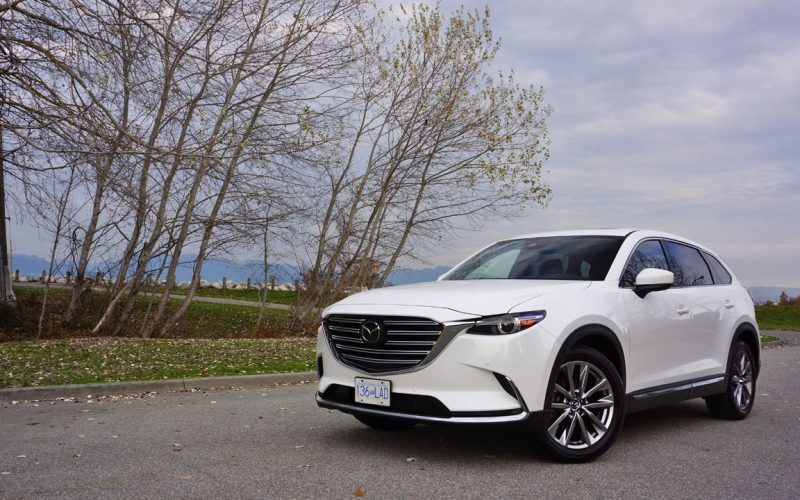
Reading Time: 12 minutesI can guarantee you something. If you take the time to visit your neighbourhood Mazda dealer,
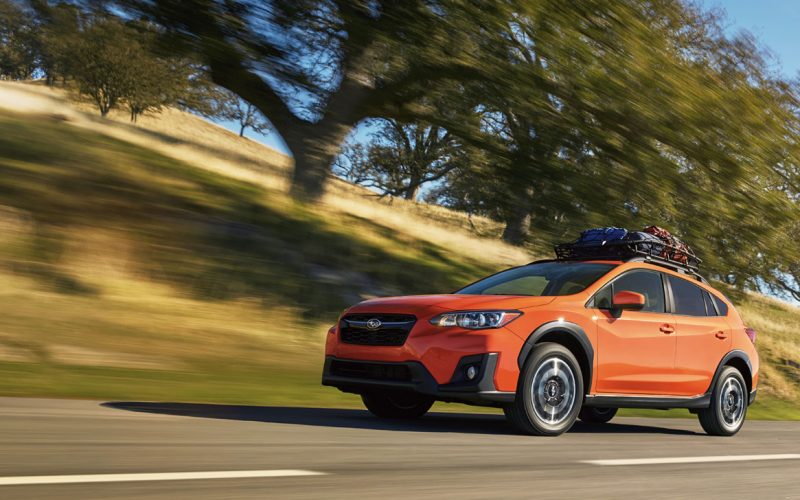
Reading Time: 6 minutesCan you just imagine future Subaru Outback ads? Subaru versus the mountain goat, only once the
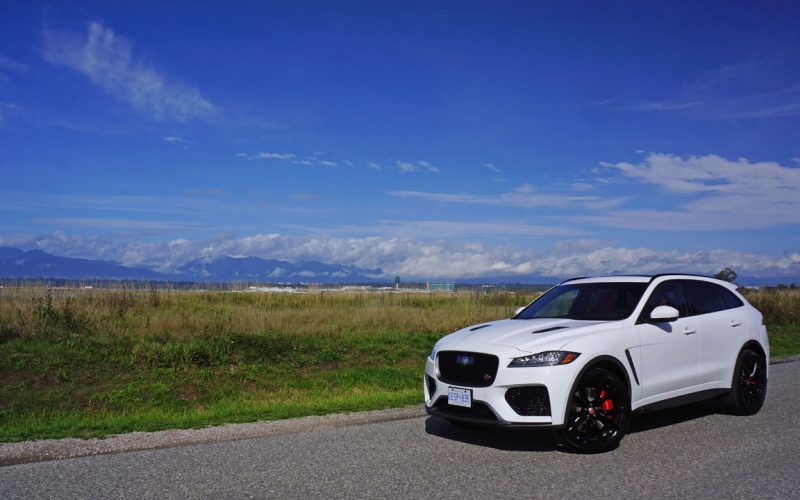
Reading Time: 13 minutesMy goodness this thing is insane! The power, the outrageous sound of the supercharged V8’s sport
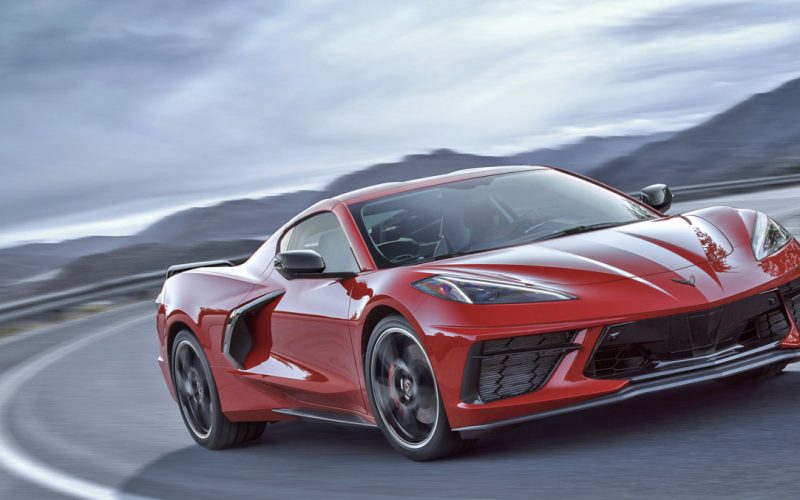
Reading Time: 4 minutesGuessing which vehicles will take home the annual North American Car, Utility and Truck of the
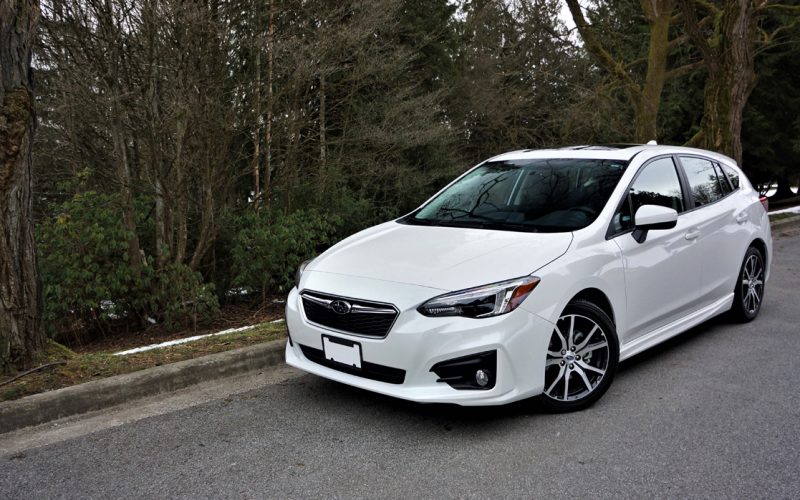
Reading Time: 11 minutesThe compact class is incredibly competitive in Canada, but thanks to continually improving its exterior design,
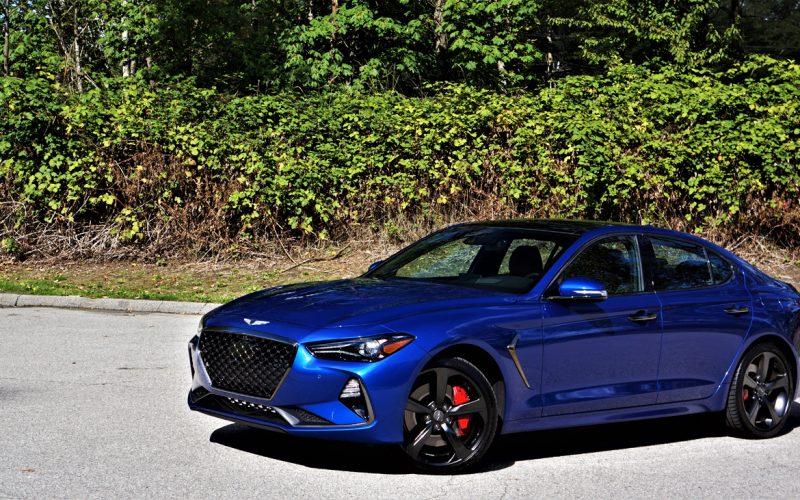
Reading Time: 10 minutesThere is no more competitive category in the luxury sector than the compact sport sedan segment,
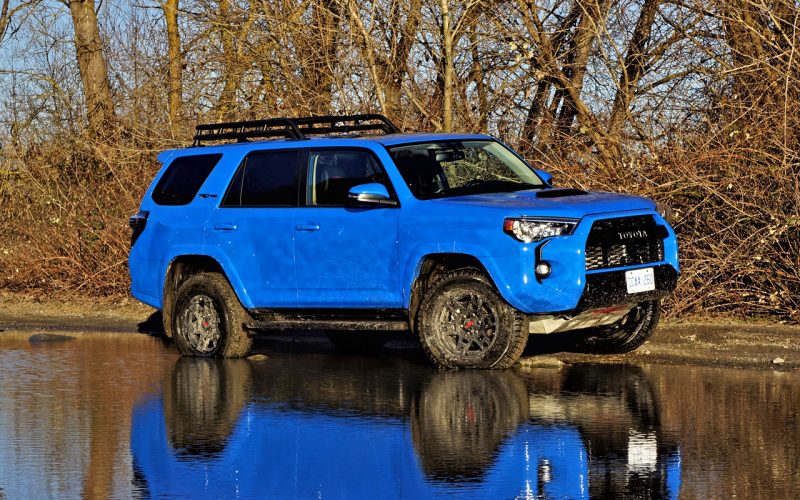
Reading Time: 9 minutesRemember when the traditional SUV was supposed to die? A lot of people make a lot
© 2025 The Car Magazine. All Rights Reserved, Privacy Policy | Terms of Use